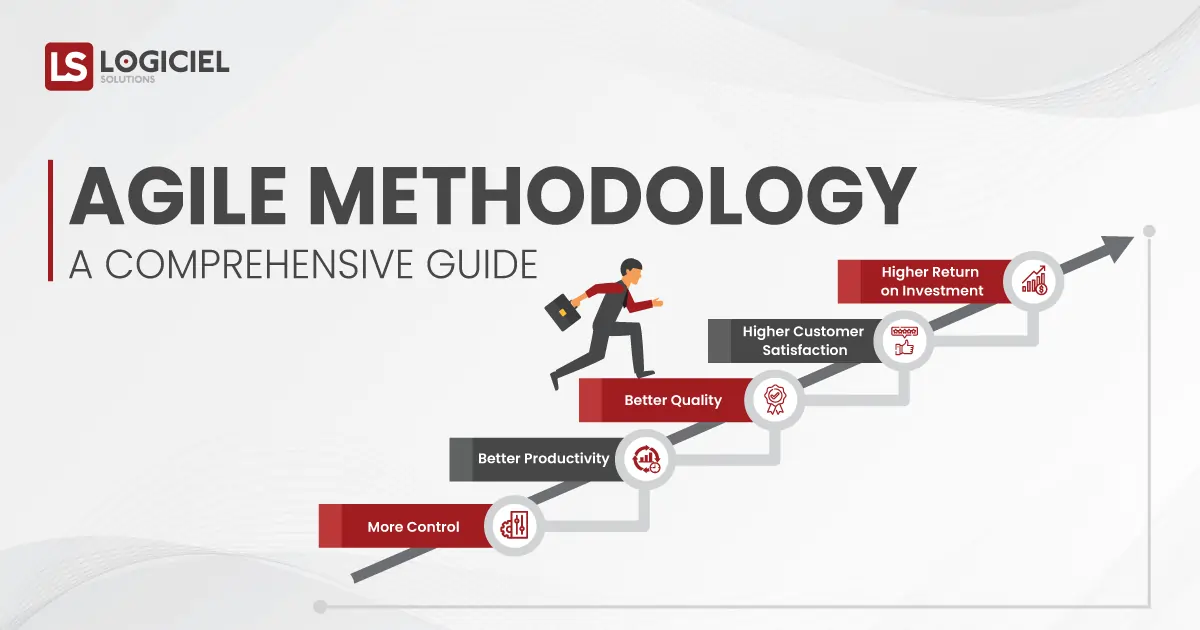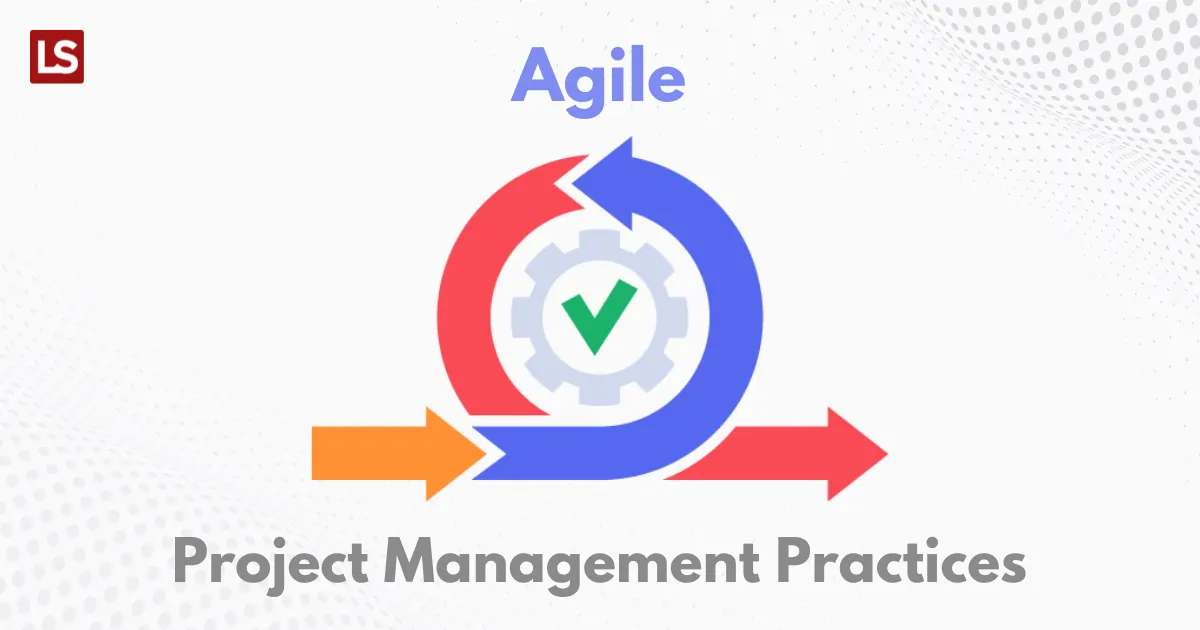While the software industry is constantly evolving and showing bright scopes for software companies in the future, there are stats that also depict the true pitfalls of IT projects. Such one study is published by Harvard Business Review that says, at least one out of six IT projects fails with a cost overrun of 200% and a schedule overrun of 70%.
The projects fail and don’t pan out right due to various reasons and here is this article I will be sharing some of the most common causes and their solutions with you so you get aware of the potential project pitfalls ahead of time and prevent them:
Not Understanding the Business Needs
Understanding the exact business needs is indeed the most important segment of project management as the entire project depends on this phase. When project managers don’t have an accurate idea of what are the key business requirements of their clients instead, they are more focused on what the clients want to create, the project failure chances get increased.
This is because, they may know what product needs to be created but as they lack in understanding the accurate business requirements, they won’t be able to shape the product as per the business standards and client’s expectations.
Solution
To avoid this, project managers need to articulate all the business needs of their clients in detail right at the beginning with a clear and accurate list of product features and functions. They need to make sure that they have precise information about the product as well as business requirements.
Inadequate Planning and Scheduling
Project planning and scheduling may seem like the two different sides of the coin but, both of them have great and equal significance in project management. While project planning refers to developing effective strategies and selecting the best methodologies to meet the expected goals, project scheduling is all about ensuring that the right resources are in place to complete the project within the given timeframe and budget.
Companies that lack detailed planning of the projects including all the phases like finding out the required project deliverables to meet the project objectives, identifying potential project risks with suitable mitigation strategies, and creating the project schedule with proper allocation of resources often lead to project failure.
Solution
Implement a bottom-up planning process, a well-documented plan that determines project scopes, dependencies between deliverables and involves estimates from the developers or designers themselves. Your planning document should be like a live document that gets updated periodically as per the changing requirements.
Based on the project planning document a task-breakdown structure needs to be created to evaluate logical connectivity between the tasks and productivity of the resources. Project managers can use tools like Wrike & Teamwork for strategic planning and smarter execution.
Unrealistic Timeline and Budge
One of the surveys by Innotas shows that 55 percent of IT professionals stated: “a project fails due to insufficient time, budget, and resources”. Time and budget are the two most important aspects of any project and this is where most companies fail. Usually, when you start a project you are full of energy and enthusiasm that makes you so optimistic that you agree with the client to deliver the project on an unrealistic timeline and budget.
Initially, you might feel good about it but later on, when you encounter the development complications and tricky coding or functionality requirements that need more time and budget, you realize your mistake but, are left with no option. Your client who was earlier impressed with your commitments is now losing trust in you.
Solution
Don’t rush for creating an estimation plan, take your time to analyze all the aspects of the proposal, and most importantly always include the potential development risk in your checklist while estimating a project timeline and budget.
Sometimes clients can come up with completely changed or new expectations in the middle of the development lifecycle or at the last moment so, the timeline and budget estimation should be an iterative process that includes all the major updates and changes of the development process. You can check out our blog post to know How to Set a Realistic Timeline for a Project
Lack of Communication
Avoiding the Implementation of effective communication channels and practices to create an engaging environment may lead you to ineffective teamwork that lacks innovation, creativity, and sustainability. Even the defined standardized assumptions may fail to meet the actual results due to poor communication amongst the teams.
Solution
Communication is the only solution to this challenge. Embrace a work culture where everyone is free and confident to come up with their ideas, suggestions, and challenges. Associates at every level should have good communication with one another and with their team leads. There are various ways to establish effective communication such as weekly meetings, regular training sessions, open discussions, rewards, and recognition.
Besides your internal teams, keep communication clear with your clients too with regular or weekly meetings, progress reports, and other sessions.
No End-user Involvement
User involvement refers to a vital mechanism in software development as it enhances the quality of the product while ensuring successful system and server implementation.
In today’s ever-evolving and competitive digital landscape, one of the prominent ways to foster market success is improvement opportunities originating from the users’ requirements. Hence, avoiding the end-user viewpoint while testing your software will definitely be like a call for trouble.
Solution
Always invite the right set of end-user to participate in your software testing phase and ask them to share how was their experience with your product. If there are any suggestions or challenges, report the same to the developers so they can work on the same and make necessary changes.




